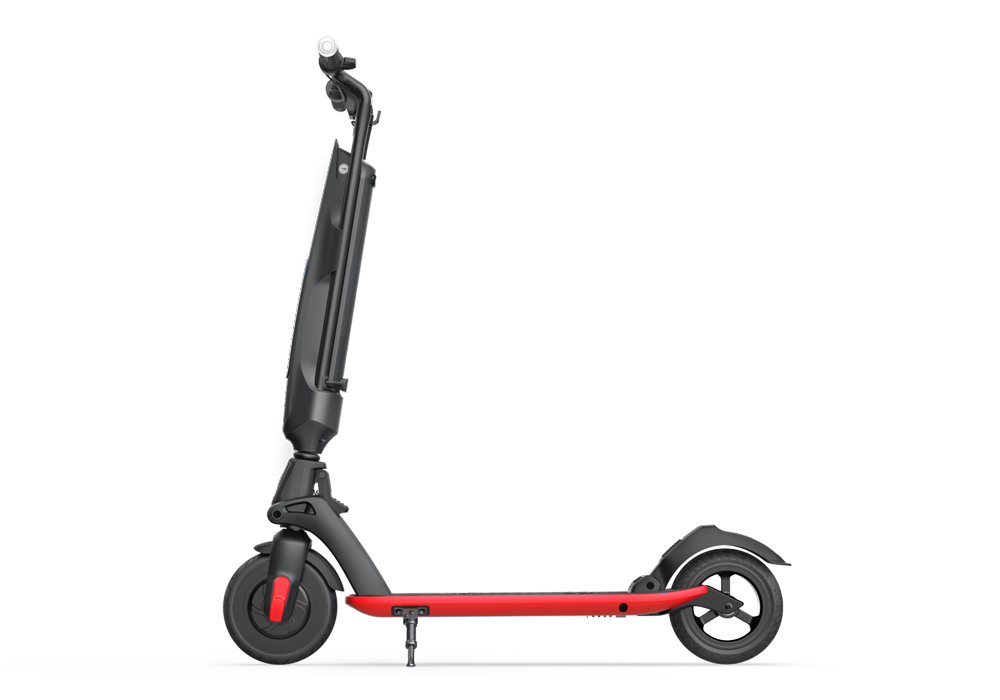Electric scooters are a new type of transportation tool in today's society, and another new product form of skateboarding after traditional skateboarding. Electric scooters are very energy-saving, fast charging and long range capability. Then the electric scooter needs to be CE certified if it wants to be exported to the EU.
First of all, electromagnetic interference emissions
1. According to the standard:
EN55022 (1998): Test the characteristics of radio wave interference of information technology equipment, some restrictions and their measurement methods.
EN61000-3-2 (1998): Test the harmonic current emission limit for equipment with an input current not greater than 16 A/phase.
EN61000-3-3 (1995): Test that the rated current does not exceed the limit of 16 amperes/phase equipment in low-voltage environment voltage fluctuations and changes.
2. Test purpose: to check whether the equipment under test meets the above EMC emission requirements.
3. Tested item: continuous interference voltage of power supply terminal continuous interference of power supply radiation emission harmonic number voltage fluctuation-change
Second, the tested item: EU CE certification
EN61000-4-2 electrostatic discharge
EN61000-4-3 radiated electromagnetic area
EN61000-4-4 voltage short-term transition
EN61000-4-5 sudden immunity
EN61000-4-6 conduction immunity
EN61000-4-11 has sufficient voltage and unstable voltage
The first step: apply
1. Fill in the application form
2. Apply for company information form
3. Provide product information and send samples
Step 2: Quotation
According to the provided information, Yibo engineers determine the test standard, test time and corresponding cost
Step 3: Payment
After the applicant confirms the quotation, sign the application form and service agreement and make payment
Step 4: Test
The laboratory conducts a full set of tests on the applied products according to the relevant EU testing standards
Step 5: The test is passed and the report is complete
Step 6: Project completion
